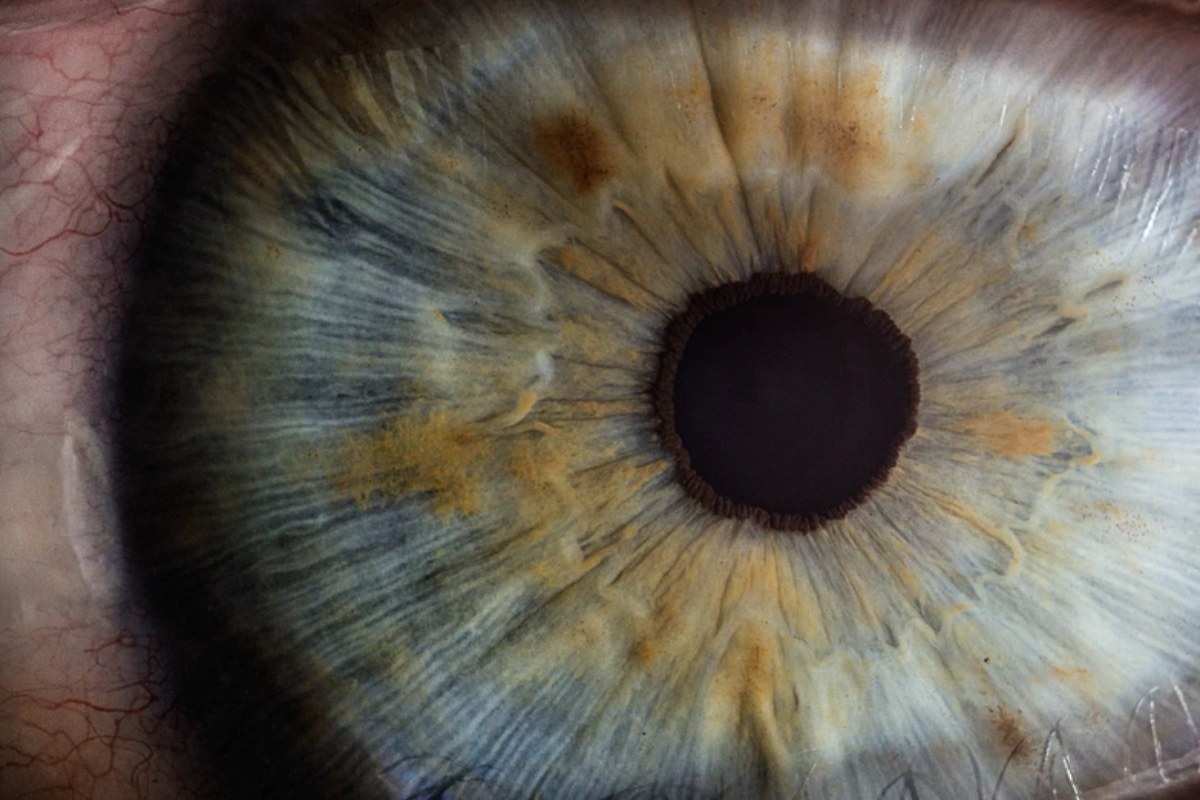The human body is a work of art. From our toes and fingers to the heart and lungs – every organ has been designed to serve a specific purpose. Think of your body as a jig-saw puzzle where all the organs fit perfectly and are indispensable. One such organ that is integral to our survival is our eyes. Being endowed with a healthy pair of eyes is indeed a blessing.
Unfortunately, there exist a wide array of eyesight problems and diseases. While conditions such as myopia, hypermetropia, and astigmatism can be treated and managed with glasses, other disorders such as damaged corneas might need surgical intervention. A damaged cornea is usually the result of an injury or a genetic disorder. Irrespective of the cause, it can affect your vision as well as cause swelling, redness, and pain in the eye.
The good news is that the rapid progress of medical science has opened up new avenues for treating a damaged cornea and restoring your vision. Before we delve deeper into the world of cornea transplant or keratoplasty, let’s understand why the cornea is so important.
Also Read: Hernia can be treated
Table of Contents
What is Cornea?
Simply put, the cornea is the transparent outermost layer of the eye that shields it from heat, dust, germs, harmful chemicals, etc. Primarily composed of water and proteins, the cornea is made up of three layers:
- Epithelium – The outermost layer that absorbs nutrients from tears.
- Stroma – The thickest layer that lies in the middle.
- Endothelium – The innermost layer that prevents the stroma from becoming waterlogged.
The cornea is known to safeguard our eyes against the harmful ultraviolet rays of the sun. Moreover, it helps focus the rays of light as they enter the eye and facilitates proper vision. Any damage to the cornea can, therefore, cause serious eyesight distortion. Also, it can puts other parts of the eye at risk by exposing them to heat and dirt.
Cause & Signs of Corneal Damage
A damaged cornea can be the result of an injury, inflammation, infection, surgery, or degenerative disorder. Common causes of cornea damage include:
- Keratitis
- Ocular herpes
- Keratoconus
- Fuch’s dystrophy
- Lattice dystrophy
- Injury caused due to an accident or vigorous rubbing of the eyes
- Previous eye surgery
While the most typical symptom of a damaged cornea is a partial or complete loss of vision, it can manifest itself in other forms. Common symptoms of corneal damage include extreme pain and redness of the eye. It also results in swelling and causes your eyes to tear up easily. Moreover, you might notice a continuous discharge from your eyes as well as pronounced sensitivity to light.
How to Treat a Damaged Cornea?
The human body has magical ways of healing itself. The same holds true for the cornea. Your eyes are equipped to repair minor corneal damage on their own. However, in extreme cases, you’ll need to consult an ophthalmologist or eye surgeon. The actual course of treatment will depend on the underlying cause of damage.
For instance, if the corneal damage is a result of a bacterial or fungal infection, prescription eyedrops and ointments can cure it. In some cases, your doctor can also prescribe an eye patch. However, in the worst-case scenario, you might have to undergo a corneal transplant surgery to restore your vision.
Getting Your Cornea Replaced
Cornea transplant surgery can restore vision, reduce pain, and provide a huge positive impact on your quality of life. It’s the only permanent solution for prolonged and extreme corneal damage. And it doesn’t have to be a scary experience. In most cases, a corneal transplant is an outpatient procedure that only requires you to stay in the hospital for a few hours. Also, corneal transplant surgery has a high overall success rate.
Typically, a cornea transplant involves replacing the diseased or damaged cornea with healthy cornea tissue from a donor. The donor cornea tissue, also known as a cornea graft, is obtained from a deceased person. An eye surgeon makes a few incisions in the cornea and the Descemet’s membrane, removes the damaged tissue, and implants the cornea graft.
Depending on the extent and position of cornea damage, your doctor will recommend one of the following procedures:
- DSEK (Descemet’s Endothelial Keratoplasty) – This involves transplanting a small amount of the stroma and the inner endothelium while keeping the epithelium intact.
- DALK (Deep Anterior Lamellar Keratoplasty) – This involves replacing the epithelium and stroma while keeping the endothelium intact.
- FEK (Femtosecond Laser Enable Keratoplasty) – This is a modern approach in which a surgeon uses a femtosecond laser to make precise incisions in the cornea.
Despite the high success rate of cornea transplant, it’s important to be aware of post-surgery complications such as swelling infection, and glaucoma. In the worst-case scenario, a patient might develop a cataract or experience rejection of the donor cornea. However, these complications only arise in a small fraction of cases.
Post-Operative Care
Getting a cornea transplant is a life-altering event. If you want it to yield a positive outcome, you should follow the required precautions after your surgery. These include taking the prescribed medications and visiting your doctor for regular follow-up exams. Also, make sure you wear an eye patch to protect the cornea and reduce the risk of infection.
Are you considering getting a corneal transplant but feeling skeptical about it? Share your queries in the comments section below.

